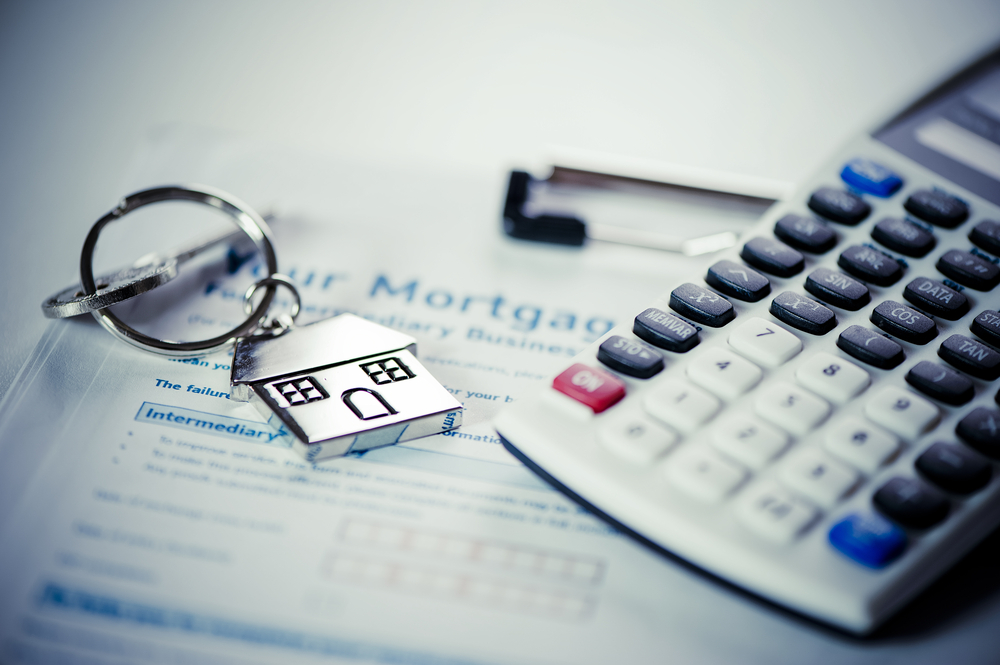Debt Relief Orders – How They Work

Debt Relief Orders are a simpler and cheaper way to deal with your debts. They came into effect in England and Wales on 6 April 2009, and are also available in Northern Ireland. If you are looking to avoid bankruptcy altogether, a debt relief order may be the best option for you. Learn more about debt relief orders and how they work.
Once you’ve been granted a debt relief order, you have to tell your bank and building society about the order. Otherwise, they may refuse you a new account or add extra restrictions. For example, you can’t write a cheque that is likely to bounce, and you can’t borrow more than PS500 without notifying your lender. Your credit rating will also be affected. It will also make it more difficult for you to obtain new credit for up to six years. You may have trouble getting a new lease on a property or securing a new loan.
Before applying for a Debt Relief Order, you should first identify all of your debts and assets. A debt expert can help you through the process, acting as an approved intermediary. You must make sure to disclose all of your debts before filing your application, as you cannot add them later. The last thing you want is to make a bad situation even worse.
Once you’ve filed for a DRO, creditors will be notified that they can’t pursue you for at least twelve months. During that time, you will be able to start repaying any debts that are included in the order. The DRO will also contain restrictions similar to those in bankruptcy, including not acting as a director of a company or obtaining credit for more than PS500 without disclosing your status.
Once the Debt Relief Order is granted, it will take around 10 working days to process. However, the length of time that it takes to process your application depends on how quickly you provide all necessary information. The order will last for 12 months, but it can be extended or terminated earlier. After that, all debts listed in the order will be written off.
The process of debt relief is different for each individual. Your individual circumstances will determine the best option for you. It’s important to consider your situation and your ability to comply with the restrictions imposed on you before you file for a DRO. A debt relief order will affect your financial situation for a long time, so you should make sure you can handle the restrictions before you file.
In order to apply for a DRO, you will need to work through an approved intermediary. This could be a government department, free advice organisations, or a private debt management company. Once you’ve chosen an intermediary, your debt relief adviser will evaluate your circumstances and help you fill out the application. The application will include information about your income, expenses, debts, and assets.
Debt Relief Orders – How They Work was first seen on Apply for an IVA
